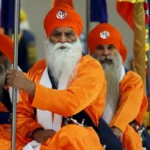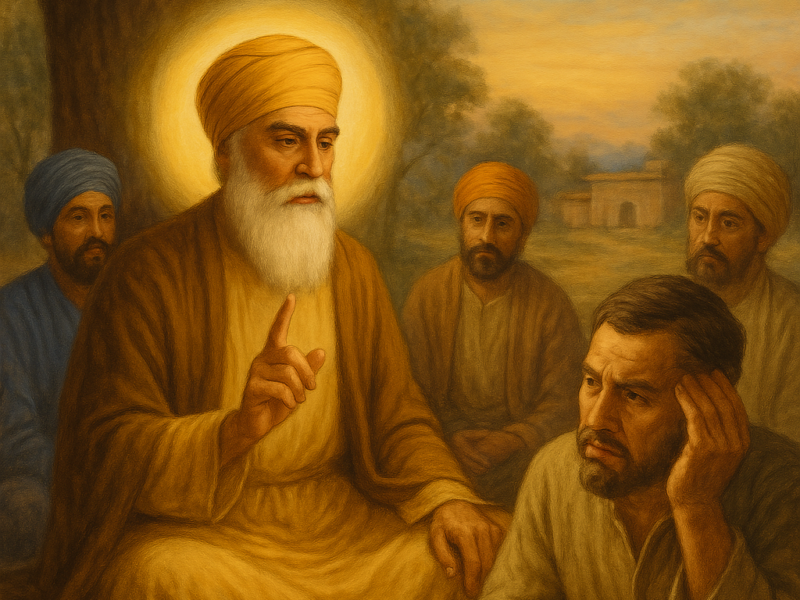Grand Shrine of Ise
The Ise Grand Shrine, built to commemorate the Japanese sun goddess Amaterasu, is widely regarded as one of Japan’s most sacred sites. It has 125 shrines and receives over six million visitors and religious pilgrims each year.
According to tradition, the Sacred Mirror was presented to the first Emperor of Japan by Amaterasu to establish him as a descendant of deities and so the rightful ruler of the land. The shrine is traditionally demolished and rebuilt every 20 years, but the complex as a whole has been around since the third century.
Shrine of Itsukushima
The Itsukushima Shrine, located on Hiroshima Bay, is well-known for its “floating torii gate.” It was built in 593 to honor the storm gods and sun goddess’s daughters. To avoid harming the kami of Itsukushima Island, the temple was built in the ocean rather than on land.
In addition to the spectacular architectural style, the temple includes a noh theatre built above the lake in 1590. (see main article image). The shrine was designated a UNESCO World Heritage Site in 1996 and is one of Japan’s Three Views.
Shrine of Meiji Jingu
The Meiji Jingu shrine, completed in 1920, is devoted to the kami of Emperor Meiji, who died in 1912, and his wife, Empress Shoken. Emperor Meiji represents Japan’s Meiji Restoration, an era in which the country rapidly Westernized and became an imperial force in the modern world.
It is widely assumed that Emperor Meiji is buried at the temple. The Shinto concept of purity forbids burying remains in or near shrines.
The shrine was damaged during WWII, but it was rebuilt in 1958 and today receives over ten million visitors every year, with approximately three million visiting during the first three days of the year.
Shrine of Izumo Taisha
Despite the lack of an established date of establishment, the Izumo Taisha Shrine is regarded as Japan’s most ancient shrine. It is devoted to the kami Okuninushi, who formed Japanese soil and later became known as the kami of marriage, and receives its name from the architectural style of the main shrine building. According to Shinto beliefs, every kami from Japan gathers at the Izumo Taisha between the 10th and 17th days of the 10th lunar month, which is normally in November. Shrine visitors normally clap twice as part of their cleansing, but visitors to this shrine clap four times: twice for themselves and twice for their spouses, as Okununishi is the kami of marriage.
Shrine of Toshogu
The Toshogu Shrine, like Itsukushima Shrine, is a UNESCO World Heritage Site. The Toshogu Shrine, on the other hand, stands apart due to the existence of remains, which is unusual given the strong Shinto beliefs about purity. The shrine houses the physical remains of Tokugawa Ieyasu, Japan’s first shgun.
Tokugawa is also the kami of the shrine, which began as a simple mausoleum but was eventually extended to the beautiful complex that stands today.
During the Edo period, the shogunate hosted processions from Edo (Japan’s capital at the time) to the shrine. This tradition is still observed throughout the fall and spring.
Shrine of Fushimi Inari
The Fushimi Inari Shrine, which was built in 711, is well known for its thousand torii gates that line a network of trails behind the shrine structures. Each of the gates was presented by a business, as the shrine’s goddess, Inari, is widely regarded as the kami of commerce and commerce (as well as the kami of rice). The fox is revered as Inari’s aid or messenger, and as such, the shrine (along with the many other shrines devoted to Inari throughout the country) contains fox pictures and statues throughout the grounds. The shrine is located at the base of a mountain named Inari, and it is popular with hikers and adventure travelers wishing to explore the area.
Grand Shrine of Tsubaki
The Tsubaki Grand Shrine, built in 1987, is important because of its location near Granite Falls, Washington. The Tsubaki Grand Temple is the sole public Shinto shrine on the American mainland (though there are others located in Hawaii). It is a Tsubaki Okami Yashiro shrine, which is one of Japan’s oldest. Several kami reside at the temple, including Sartahiko-no-Okami, the kami of all earthly kami, Ame-no-Uzume-no-Mikoto, the kami of amusement and the arts, Amaterasu, the sun goddess, and America Kokudo Kunitama-no-Kami, the kami of North America.
The Yasukuni Shrine
Though it is not the oldest or most spectacular shrine, the Yasukuni Shrine is intriguing due to the controversies surrounding it. Founded in 1869 by Emperor Meiji, the shrine is formally dedicated to the kami of millions of men, women, children, and even family pets who have died for Japan’s rulers since then. This comprehensive list includes over a thousand names of World War II Class-A, Class-B, and Class-C war criminals, persons who perpetrated horrible crimes against humanity, such as forcibly kidnapping Comfort Women and participating in the Nanking Rape.
Shrine of Sengen Jinja
The Sengen Jinja Shrine is the official residence of Mt. Fuji’s kami, Japan’s tallest and one of the world’s most recognized mountains. The shrine is one of three in a network of shrines at the mountain’s foot.
The name “Sengen” derives from the animistic ancestry of the Shinto language, which associates the mountain with volcano worship. The shrine was supposedly established in the 700s, but it was damaged and rebuilt in the 1700s. The most recent refurbishment was completed in 2009.
Shrine of Sanno
The Sanno Temple, often known as the “one-legged shrine,” is famed for withstanding the devastation from Nagasaki’s 1945 attack. The torii, or shrine gate, was only 800 meters from the blast’s epicenter at the moment of the explosion.



